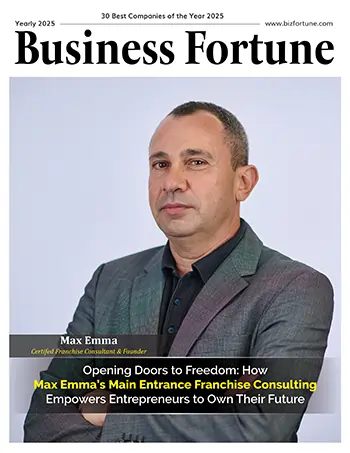Home Innovation Blockchain Calastone Introduces a New Tok...
Calastone Introduces a New Tokenised Solution for Blockchain-Based Fund Access
Blockchain

Business Fortune
08 April, 2025
Calastone has launched Tokenised Distribution, allowing asset managers to offer fund shares via blockchain networks without altering existing operations.
Calastone has introduced the Calastone Tokenised Distribution solution, which enables asset managers to tokenize money on its network, thus enabling them to distribute such money through blockchain-based channels.
The recently introduced service gives asset managers a route to tokenization without requiring them to alter the way their assets are currently structured, managed, or serviced. Asset managers can reach investors in blockchain ecosystems using this method.
Calastone Tokenized Distribution gives asset managers a potent new avenue to market, according to Adam Belding, Calastone's Chief Technology Officer. Blockchain networks enable the immediate and massive distribution of current funds without the need for any technological innovation or operational disruption.
The system creates a connection with some conventional investing institutions by linking blockchain-native networks such as Ethereum, Polygon, and Canton. Increasingly, these networks are becoming popular with investors in the shape of stablecoin issuers and corporate treasurers who are not usually reachable by conventional distribution methods.
Asset managers can now benefit from potential capital inflows from new classes of investors, especially those wealthy and retail investors who have been exposed to cryptocurrencies and are demanding easy access to conventional assets via digital wallets and infrastructure.
Asset managers can access new capital markets by integrating tokenized fund shares into these blockchain networks without interfering with current collaborations or procedures.
The tokenization and distribution of any share class through public, hybrid, or private blockchains are made possible by Calastone's worldwide network, which consists of more than 4,500 companies in 56 markets. The infrastructure ensures interoperability with conventional fund operations by translating and processing on-chain orders.


































